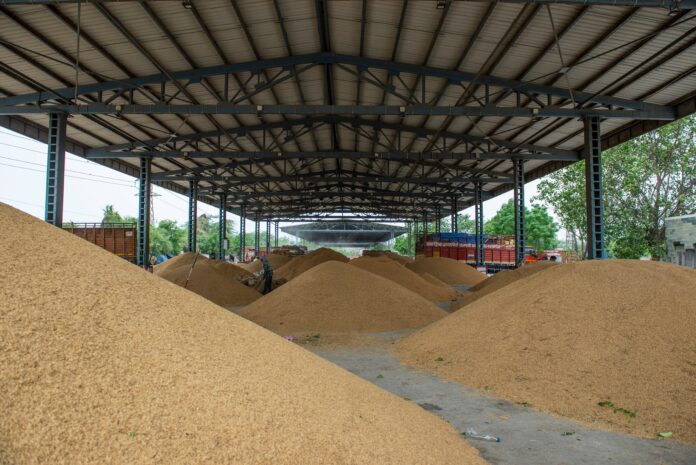Global rice prices continued to soften in the first ten trading days of 2025, as prices in Vietnam, the Philippines’ primary source of the food staple, fell significantly compared to December levels.
The decline is attributed to several factors, including increased rice stocks in the Philippines due to higher procurement by the National Food Authority (NFA) and record-breaking private sector imports, which reached 4.68 million metric tons in 2024. In addition, Vietnam’s impending harvest season has contributed to expectation of a potential increase in rice supply, further driving down prices.
As of 10 January, data from the Vietnam Food Association showed that the price of 5 percent broken Vietnamese rice dropped to USD434 per metric ton, down 15 percent from USD510 per ton on 10 December and from USD481 per ton at the end of the year. Vietnamese rice is quoted even lower for more broken varieties, with 25 percent broken rice priced at USD409 per ton, and 100 percent broken rice at USD326 per ton. This represents a sharp decline from the month-earlier period, when 25 percent broken rice was quoted at USD454 per ton and 100 percent at USD383 per ton.
India and Thailand, two other major rice exporters to the Philippines, also saw price reductions in early January, though not as steep as those from Vietnam.
Indian rice was quoted at USD440 per ton for 5 percent broken and USD425 per ton for 25 percent broken, down from USD449 and USD434 per ton, respectively, at the end of December. Thailand’s rice prices followed a similar trend, with 5 percent broken rice priced at USD479 per ton and 25 percent broken at USD438 per ton, compared to USD499 and USD453 per ton at the close of 2024.
Lower global prices combined with the Philippines’ reduced rice tariff of 15 percent should help ease import costs despite the higher peso-dollar exchange rate. The continued drop in prices offers a positive outlook for Filipino consumers, who have been burdened by high rice costs in recent months.







